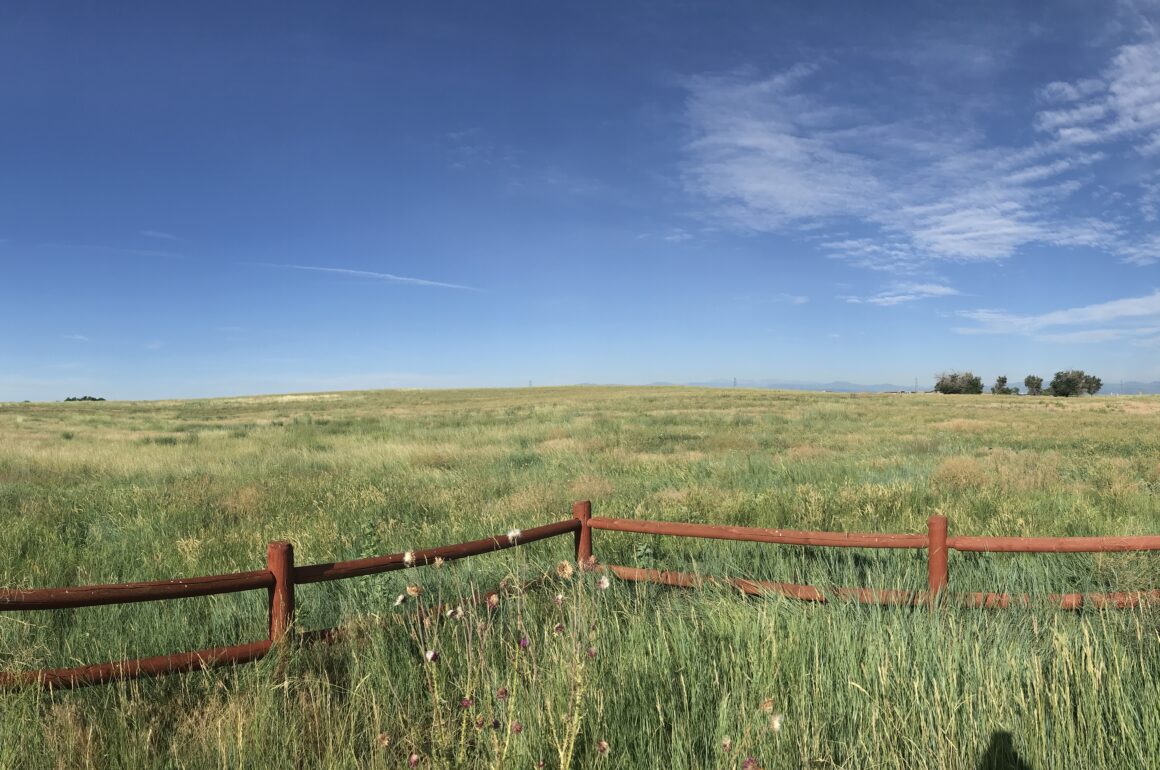
Before anything else, a confession. Most of the lifers I saw in Denver were named after (in)famous people, so Messrs. Say, Bullock, Brewer, and Cassin will lose their English namesakes in the recently announced renaming game. To avoid writing a non-woke post I planned to mention scientific names only. And then I saw the species names attached to the aforementioned gentlemen’s avian namesakes and gave up… So, my attempt at political correctness has been thwarted by the 18th century rules of taxonomy. My sincere apologies.
At the end of last summer, I had to make a business trip to Denver, Colorado. Not only did my research show a lot of promising sites to visit, but I also have two good birding friends in the region, Laura and Brad. Young, nice people with good eyes and ears, but Brad does have a nasty jinxing habit. “Dead certs” – his words – never materialize. “No worries, we see these Cedar Waxwings all the time in our garden”. Needless to say, we never even saw a cedar! Brad did take all the pictures for this post to make up for his jinxing. I also have to mention the fact that these pictures are mainly of birds I did not see, but there’s nothing in the rules of 10,000 Birds forbidding that.
Having a few days after my business meetings, we checked out several birding spots near the city. Denver is a mile high, and the locals make a big deal of it. However, for a Dutchman it looks kind of familiar – flat and densely populated with lots of traffic jams.
Denver has more than its fair share of areas with a nuclear military history and we drove to the one nearest to the office, Rocky Flats Wildlife Refuge. From 1952 to 1989 plutonium was used at Rocky Flats to manufacture triggers for hydrogen bombs. That is arguably the scariest sentence you will ever read in a birding blog. The area is huge, close to the city and there’s several interesting birding spots. eBird shows the possibility of 152 species. Neighbouring on the south side of the Rocky Flats is a large housing development with multi-million-dollar homes. Although Rocky Flats was dismantled and cleaned up, there’s still some controversy surrounding the former nuclear weapons facility. We didn’t see a lot of interest and the controversy is apparently the most exciting part of the housing estate – the architecture certainly isn’t. We probably should have been there after sunset when the birds glow in the dark and they’re easier to find.
Another former military complex, the Rocky Mountain Arsenal National Wildlife Reserve has very few rocky mountains in it, but it does have two herds of American Bison, at least one Striped Skunk, a lot of deer and an amazing number of birds (278 species in eBird). It also lies next to the airport which makes it a birding businessman’s ideal birding spot.
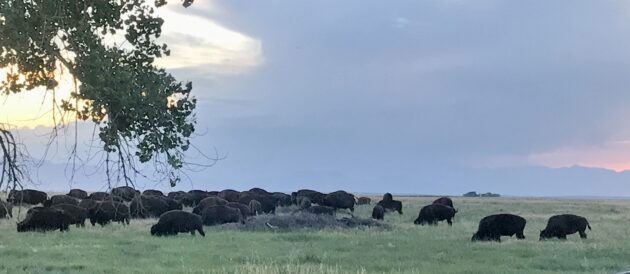
The park is a former US arsenal that has been rewilded. It has ponds, woods, and prairie meadows – it is very beautiful and apparently slightly radio-active. The prairie areas have Burrowing Owls amongst the bison and there’s Lark Buntings galore.
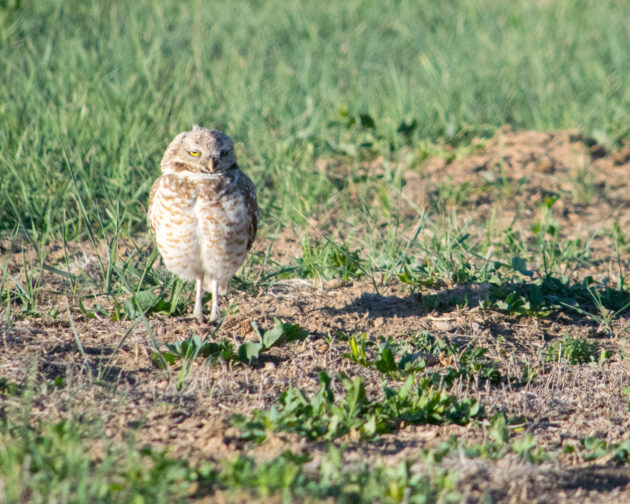
The ponds were pretty much duck-less when we were there as the ducks were moulting but there were a lot of Black-crowned Night-herons and waders like American Avocet. My lawyer asked me to emphasise that the duck moult was a natural process and not linked to radio-activity. The wooded areas are very good for songbirds and I can imagine that during the Spring and Autumn migration seasons the Rocky Mountain Arsenal NWR will be amazing.
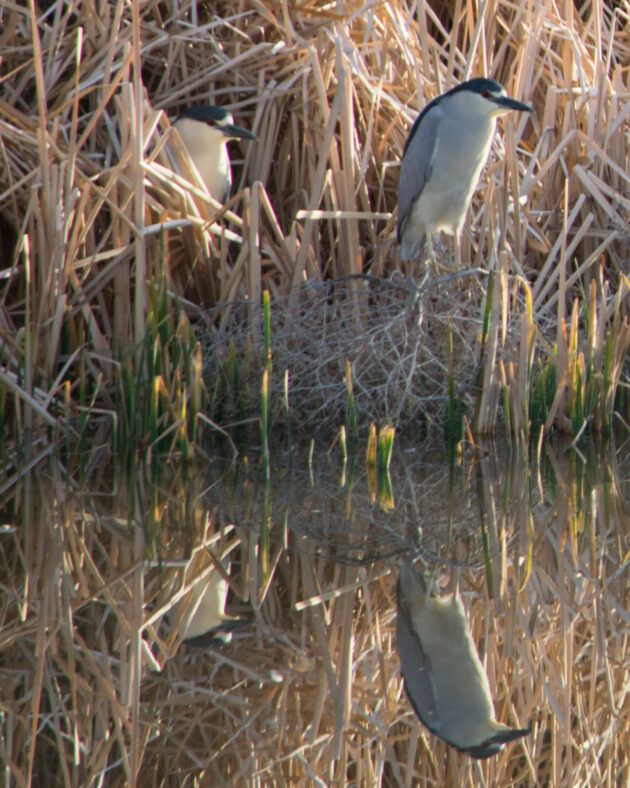
We spent a lot of time in the reserve and although there are amenities you should plan to bring water and food. Or just drive out and go to a restaurant nearby. It is so conveniently close to “civilisation” that on my last day in Denver, we had ample time to spend in the reserve before my flight. My friends drove me to the airport where I changed out of my birding clothes into civilian attire. Note to self: next time change in the bathrooms and avoid funny looks.
We did not just bird in glowing flatness – we visited the mountains too. The trip into the mountains, Fountain Creek and a short visit to the Big Johnson (snigger) Reservoir will be covered in a future post. Spoiler, up in the mountains a dead cert was waiting for us: the gorgeous Mountain Bluebird.
Of course, we never saw it. Thanks Brad.
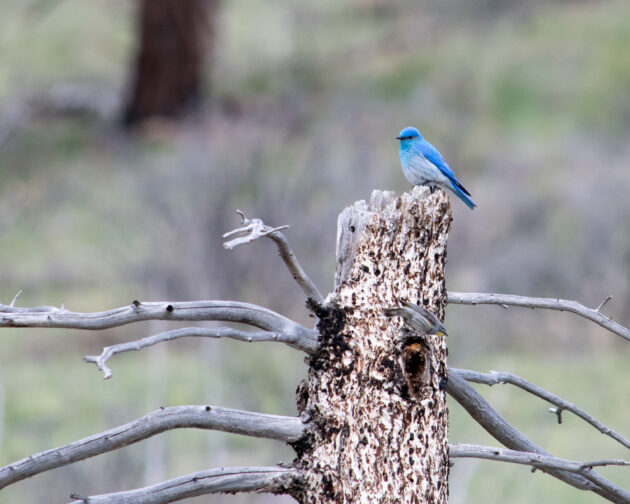









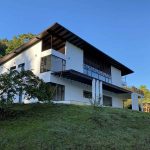
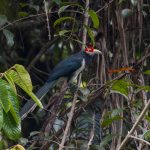
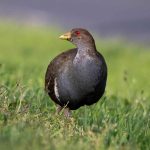
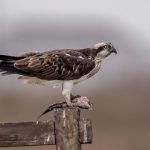
I am all for getting rid of honorific bird names for the very selfish reason that I found them very impractical as a visitor from Europe to North America. However, a little thought here: isn’t “Mountain Bluebird” also kind of offensive to, say, people who lost relatives in mountaineering accidents?
Okay, okay, never mind. I’ll just wriggle my tongue out of my cheek and get back to doing what I did before dropping a comment, nothing to see here. 😉
And no such thing as a “dead cert”, as anyone who’s ever attempted a “big day” can attest to.
Mountains. A sensitive subject for the Dutch. Our highest mountain measures 322.4 meters and Google calls it a Belgian hill…